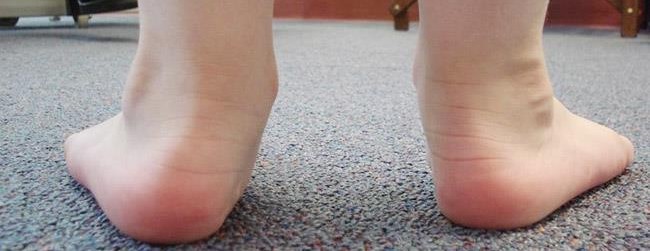Flat feet (pes planus) is present when your foot lacks an arch or has a low arch present. Patients with flat feet are more likely to have pain in several areas of their feet. Because the arch is responsible for how the whole foot functions, patients with flat feet are more prone to Achilles tendinitis, heel pain (plantar fasciitis), bunions, and hammertoes. The arch affects how the bones, ligaments, tendons, and muscles function.
Flat feet can start as a child or as an adult.
Pediatric Flatfoot Deformity
Most children will outgrow flat feet by age 4-5 as a normal part of development.
When the deformity remains, both feet are affected and it is most commonly caused by genetics. We take weight bearing x-rays along with gait analysis to evaluate the deformity. X-rays are taken every six months. Typically inserts or orthotics are recommended. If the flatfoot deformity is progressively worsening surgical reconstruction may be needed.
Adult Flatfoot Deformity
Adult acquired flatfoot (posterior tibial tendon dysfunction) is a painful condition that starts with inflammation of the posterior tibial tendon. The posterior tibial tendon helps to support the arch. Usually it only affects one foot and it is more common in women. With the chronic inflammation, there is stretching and thinning of the tendon which causes the arch to flatten. If not treated early, the arch can continue to flatten and cause arthritis in the adjacent joints.
We take weight bearing x-rays along with gait analysis to evaluate the deformity. Muscle strength is used to evaluate the posterior tibial tendon. We commonly treat this condition with inserts, orthotics, or ankle brace depending on the severity of the deformity.
If you have a flat foot deformity, make an appointment with Greater Houston Foot & Ankle Specialists for your evaluation.
Dr. Stephen Moore and Dr. Gkotsoulias are podiatrists serving
The Woodlands, Kingwood, Spring, and Tomball areas.

